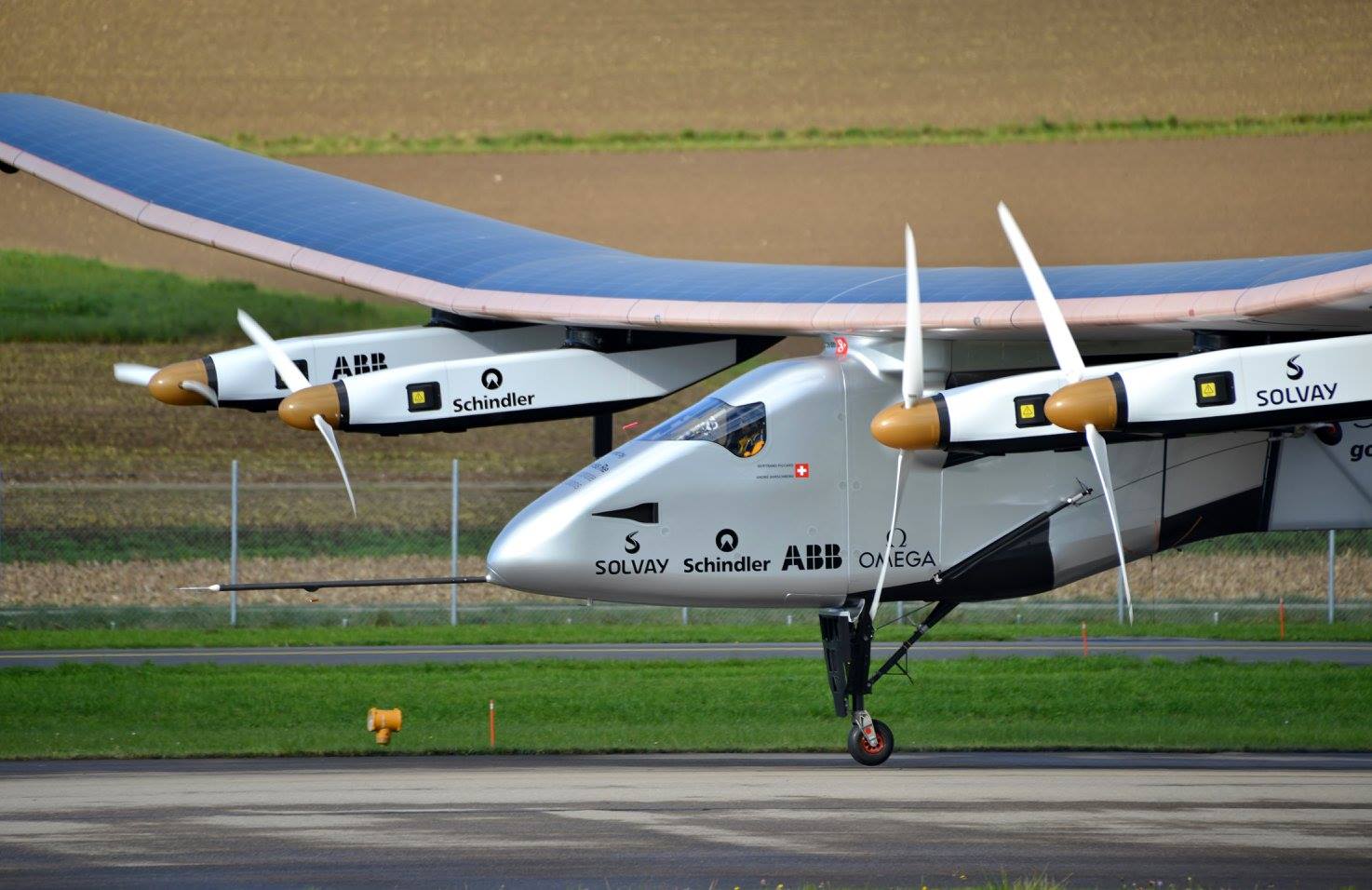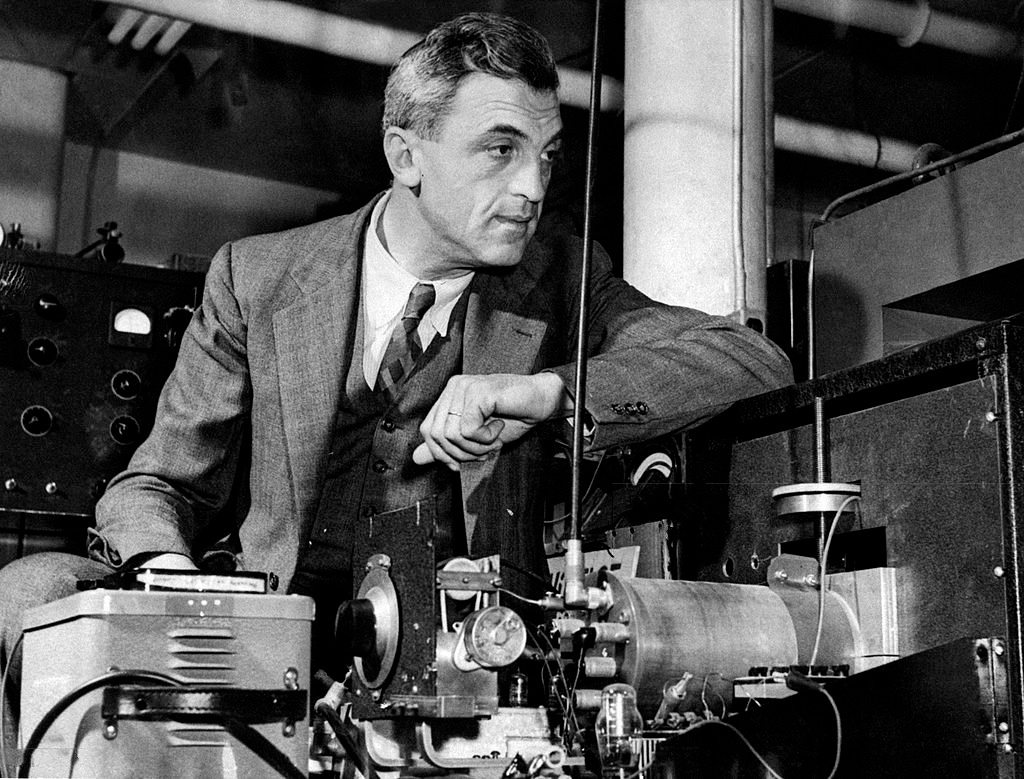
Author Safe Swiss Cloud on 12 February 2020 Safe Swiss Cloud's blog


Author Safe Swiss Cloud on 12 February 2020 Safe Swiss Cloud's blog
A lot has happened at Safe Swiss Cloud in the past few months – and we decided that a new look and feel for our website would be a good way of highlighting the new Safe Swiss Cloud.

Author Safe Swiss Cloud on 10 February 2020 Safe Swiss Cloud's blog
Why we back the Contract for the Web, an initiative by the World Wide Web Foundation in November 2019

Author David Poole on 24 December 2017 David Poole's blog
On the final day of our Advent Calendar, we congratulate Switzerland for being the world’s best in innovation. The World Intellectual Property Organization (WIPO) carries out an annual study of worldwide innovation and calculates an index called the Global Innovation Index (GII). Switzerland has come out on top for the last 8 years.

Author Safe Swiss Cloud on 23 December 2017 Safe Swiss Cloud's blog
Solar Impulse is a Swiss long-range experimental solar-powered aircraft project, and also the name of the project’s two operational aircraft. The privately financed project was led by Swiss engineer and businessman André Borschberg and Swiss psychiatrist and balloonist Bertrand Piccard. The Solar Impulse project’s goals were to make the first circumnavigation of the Earth by a piloted fixed-wing aircraft using only solar power and to bring attention to clean technologies.

Author Safe Swiss Cloud on 22 December 2017 Safe Swiss Cloud's blog
Scala, short for Scalable Language, is a hybrid functional programming language. It was created by Martin Odersky, professor of programming methods at École Polytechnique Fédérale de Lausanne (EPFL) in Switzerland. Scala smoothly integrates the features of object-oriented and functional languages. Scala is compiled to run on the Java Virtual Machine. Many existing companies, who depend on Java for business-critical applications, are turning to Scala to boost their development productivity, applications scalability and overall reliability.

Author Safe Swiss Cloud on 21 December 2017 Safe Swiss Cloud's blog
Since its creation in 1863, the ICRC’s sole objective has been to ensure protection and assistance for victims of armed conflict and strife. Its story is about the development of humanitarian action, the Geneva Conventions and the Red Cross and Red Crescent Movement.

Author David Poole on 19 December 2017 David Poole's blog
High-temperature superconductors (high-Tc or HTS) are materials that behave as superconductors at unusually high temperatures. The first high-Tc superconductor was discovered in 1986 by IBM researchers Georg Bednorz and K. Alex Müller, who were awarded the 1987 Nobel Prize in Physics “for their important break-through in the discovery of superconductivity in ceramic materials”.

Author David Poole on 18 December 2017 David Poole's blog
In 1970, the physicists Martin Schadt and Wolfgang Helfrich invented the twisted nematic field effect (TN-effect) whilst working at Hoffmann-La Roche Ltd, in Basel. This invention rapidly paved the way for commercial Liquid Crystal Displays (LCD), which are still in use today.

Author Safe Swiss Cloud on 17 December 2017 Safe Swiss Cloud's blog
On the 13 November 1905 the patent of the turbocharger’s principle was granted to Alfred Büchi, a swiss engineer, and on the 16 November 1905 he received another patent for its application to internal combustion engines.

Author David Poole on 16 December 2017 David Poole's blog
Named after Swiss physicist Felix Bloch, a Bloch wave (also called Bloch State; Bloch Function or Bloch Wave Function), is a type of wave function for a particle in a periodically-repeating environment, for example electrons moving in a semiconductor such as silicon (whose atoms form a crystal lattice). The application of Bloch’s theorem helps explain the formation of valence band and conduction bands in a semi-conductor. A Bloch wave description also applies to any wave-like phenomenon in a periodic medium such as photonic crystals,phononic crystals and diffraction.
| Cookie | Duration | Description |
|---|---|---|
| cookielawinfo-checkbox-analytics | 1 year | Set by the GDPR Cookie Consent plugin, this cookie is used to record the user consent for the cookies in the "Analytics" category . |
| cookielawinfo-checkbox-marketing | 1 year | This cookie is set by the GDPR Cookie Consent plugin to store the user consent for the cookies in the category "Marketing". |
| cookielawinfo-checkbox-necessary | 1 year | Set by the GDPR Cookie Consent plugin, this cookie is used to record the user consent for the cookies in the "Necessary" category . |
| JSESSIONID | session | Used for Cross Site Request Forgery (CSRF) protection |
| sdsc | session | Signed data service context cookie used for database routing to ensure consistency across all databases when a change is made. Used to ensure that user-inputted content is immediately available to the submitting user upon submission |
| viewed_cookie_policy | 1 year | The cookie is set by the GDPR Cookie Consent plugin to store whether or not the user has consented to the use of cookies. It does not store any personal data. |
| Cookie | Duration | Description |
|---|---|---|
| _ga | 2 years | The _ga cookie, installed by Google Analytics, calculates visitor, session and campaign data and also keeps track of site usage for the site's analytics report. The cookie stores information anonymously and assigns a randomly generated number to recognize unique visitors. |
| _ga_D83559EP8M | 2 years | This cookie is installed by Google Analytics. |
| browser_id | 5 years | This cookie is used for identifying the visitor browser on re-visit to the website. |
| split | 1 month | This cookie is used to evaluate the changes to the website by checking which multivariate test the user takes part in. |
| Cookie | Duration | Description |
|---|---|---|
| bcookie | 1 year | Browser Identifier cookie to uniquely indentify devices accessing LinkedIn to detect abust on the platform and diagnostic purposes |
| bscookie | 1 year | Used for remembering that a logged in user is verified by two factor authentication |
| lang | session | Used to remember a user's language setting to ensure LinkedIn.com displays in the language selected by the user in their settings |
| li_gc | 6 months | Used to store consent of guests regarding the use of cookies for non-essential purposes |
| li_mc | 6 months | Used as a temporary cache to avoid database lookups for a member's consent for use of non-essential cookies and used for having consent information on the client side to enforce consent on the client side |
| lidc | 24 hours | To facilitate data center selection |